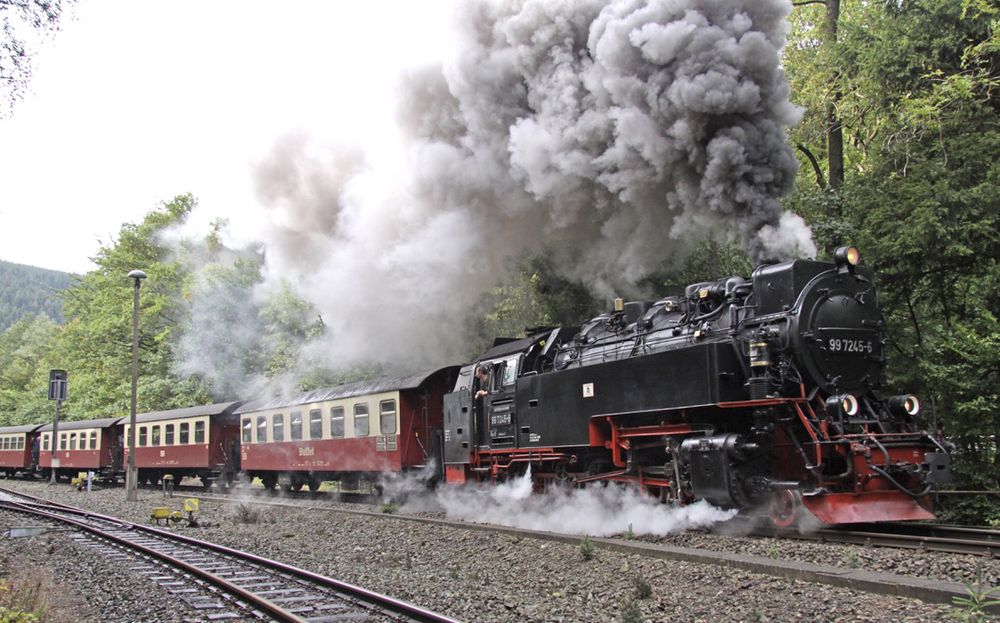
BERLIN — Germany’s famed Harz Mountain Railway — a 140-kilometer (87.5-mile) meter-gauge network run by the Harzer Schmalspurbahnen (HSB) — has announced plans to make long-term changes to its operation including the future “decarbonization of the popular steam locomotives.”
The announcement came as part of a funding deal for this year (providing around $20 million) and next with the regional government in the state of Sachsen Anhalt, a major shareholder in the railway. The state government has told HSB management the railway, about 160 miles west of Berlin, needs to “strategically reposition itself with the aim of limiting costs.” A plan to deliver major change by 2030 is now being developed.
The Harz system was run by East German state rail operator Deutsche Reichsbahn (DR) before the reunification of Germany in 1990. The operation was privatized in 1993 (although all shares are owned by local and state governments) and taken over by the newly founded HSB, based in the town of Wernigerode, where the railway has its main shops. Since then the network has expanded, most significantly with re-opening of the steeply graded line to the summit of the Brocken mountain. This had been off limits to anyone except the Soviet Army during East German days, as it was very close to the border with West Germany and home to a major radar station. The line to Brocken is now by the far the most popular part of the Harz network. It sees multiple sold-out steam trains running during the summer, although service, as on the rest of the system, is year-round as a result of funding received from regional governments and transit agencies.
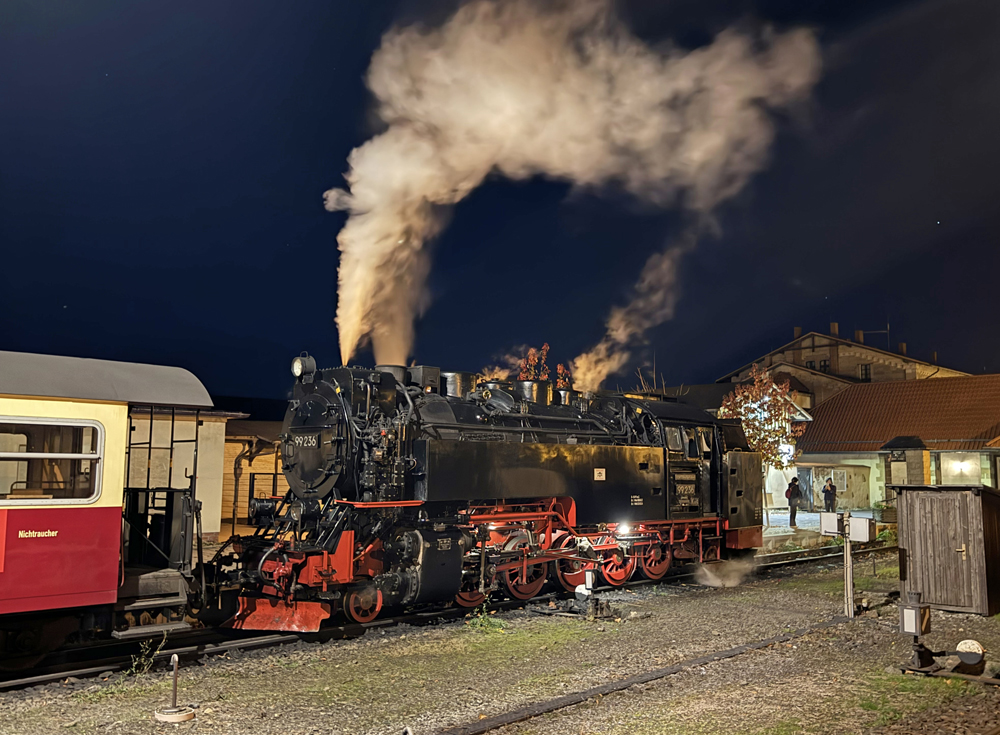
DR bought a fleet of large and powerful 700-hp 2-10-2T steam locomotives in the mid-1950s and these remain the main motive power today. HSB owns all 17 that were built; most have been modernized with new frames (not all are operational at any time). A small number of older steam locomotives also remain in use. In the late 1980s, before the collapse of East Germany, DR had begun planning to replace steam with mainline diesel switchers converted to meter gauge; several were delivered, and some remain in use with HSB for maintenance-of-way-trains and some lightly used passenger trains. Since the 1990s, a small number of diesel multiple-unit trains have also joined the fleet; these are used on lightly loaded trains at the southern end of the system, where diesel powered light rail vehicles are also used near the town of Nordhausen.
The Harz system, like every other European rail company, has seen operating costs, including energy — in HSB’s case coal and diesel fuel — rise significantly in the last two years. In addition, many German operators are finding it difficult to recruit train crews, as potential recruits do not all welcome the 24/7 nature of the rail industry. And for the HSB, while some employees regard driving steam locomotives as a dream job, others do not, and this affects recruitment. As with mainline railways in the 20th century, steam was replaced partly as it was labor intensive but also because it had become unattractive, as people no longer wanted to work in often-dirty locomotives and shops. Replacing coal with an alternative source of energy might overcome some of these issues.
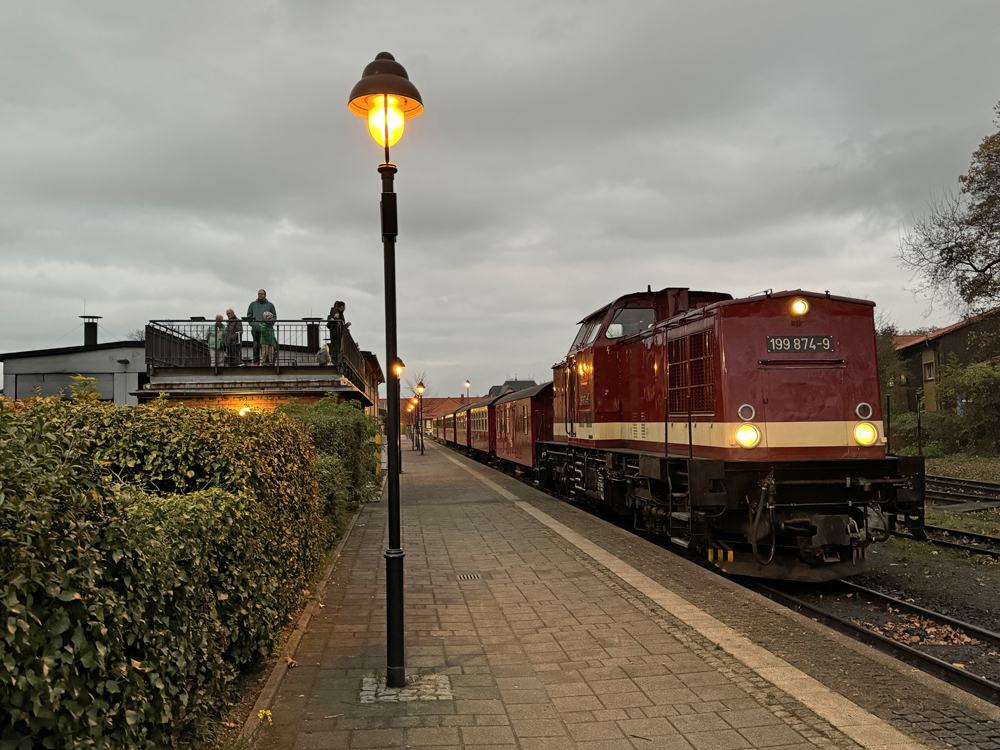
Weather-related problems – both from storms leading to trees blocking tracks and extreme hot weather leading to forest fires — have also affected HSB in the last year, closing the line to Brocken on occasions. The number of weather-related incidents is greater than a decade or two ago; alternative energy sources might reduce the fire danger in summer, but would the tourists still visit?
How do you ‘decarbonize’ a steam engine?
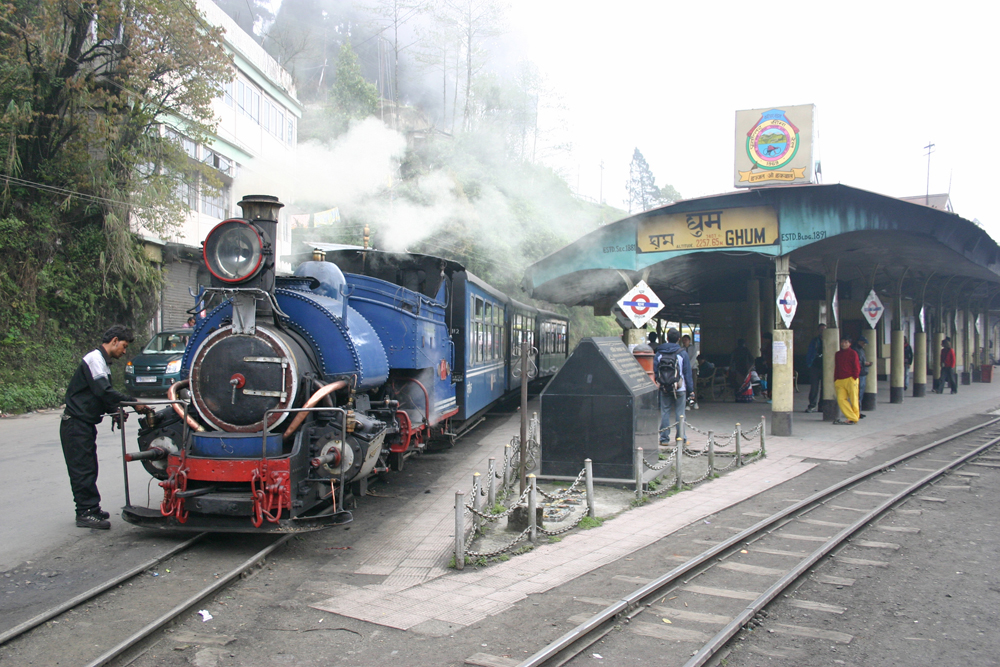
Exactly what form “decarbonization” might take is currently unclear currently. In the neigbouring Netherlands, several small historic 0-4-0 steam locomotives at the Efteling Stoomtrein Maatschappij 600-millimeter gauge line in the Efteling amusement park are to be converted from steam to battery operation. The work is being done by narrow gauge rail specialist engineering firm Alan Keef Ltd. in Ross on Wye, England. While converting a small 50-hp steam locomotive, used on a small, mostly flat system, into a battery-powered locomotive might be feasible, it seems unlikely a similar conversion of the HSB 2-10-2T locomotives would be powerful enough to handle the system’s gradients without some additional powered cars being added to every train. As a major part of the attraction of steam locomotives to tourist passengers is the steam and smoke plus the sound they make (especially climbing stiff gradients) it is also questionable if there is any point trying to retain steam locos powered by new technology. HSB currently promotes itself as “one of the last great steam adventures in the world”.
In India, home to several world-famous narrow gauge railways — some listed by UNESCO as ‘World Heritage’ sites and partly steam operated — the government announced plans in 2023 to introduce hydrogen fuel cell powered trains to replace diesel trains as part of decarbonization plans. Up to 35 “Hydrogen for Heritage”-powered trains are planned to be used on several lines including the famous Darjeeling Himalayan Railway, Nilgiri Mountain Railway (meter gauge and rack equipped), Kalka Shimla Railway, Matheran Hill Railway, and Kangra Valley. A prototype is to be tested on the Kalka-Shimla 2-foot, 6-inch/762-mm gauge line with three hydrogen refueling facilities established at stations. It is not clear whether introducing hydrogen-powered multiple units really retains the historic and “heritage” aspects of the railways concerned, although many travelers may be indifferent.






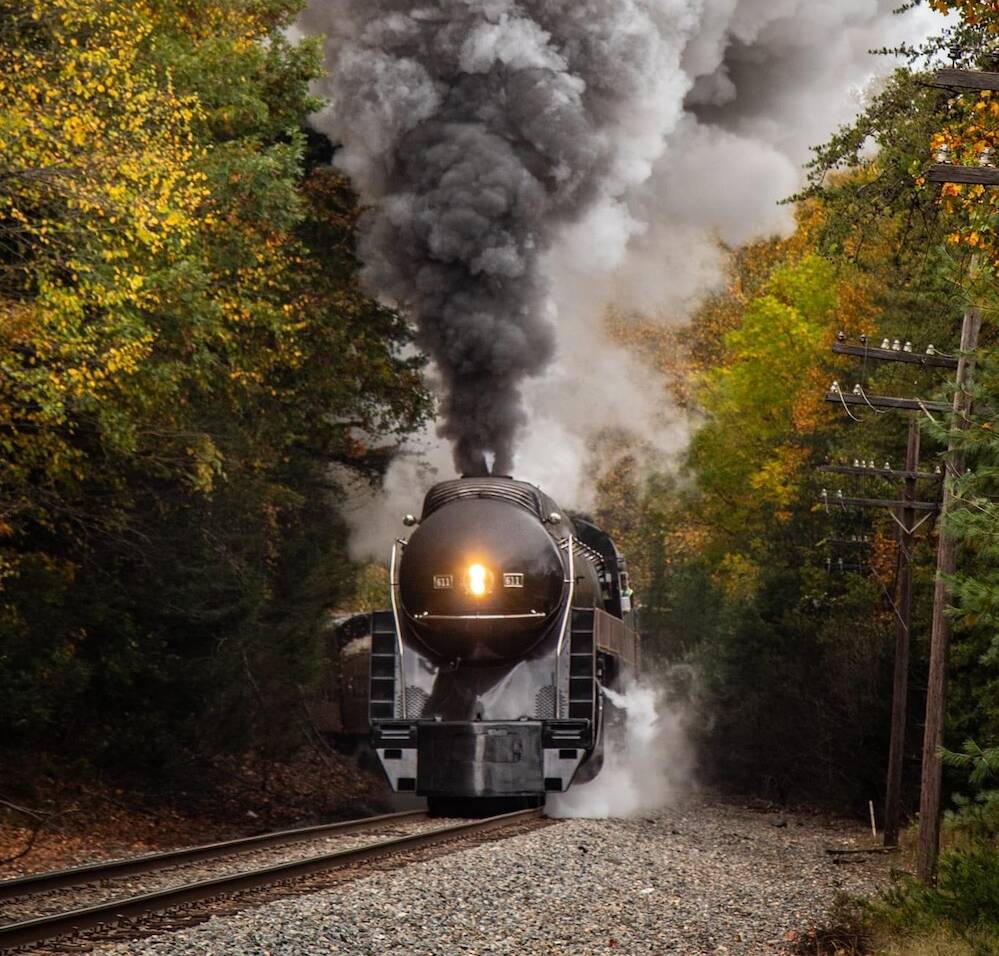
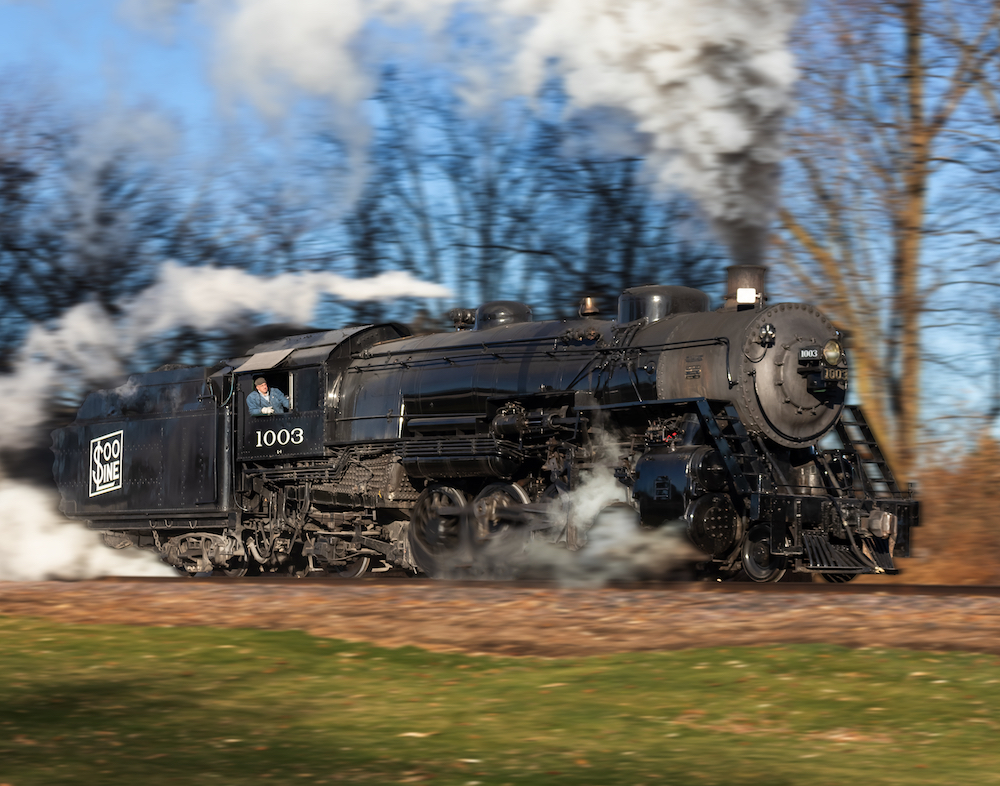
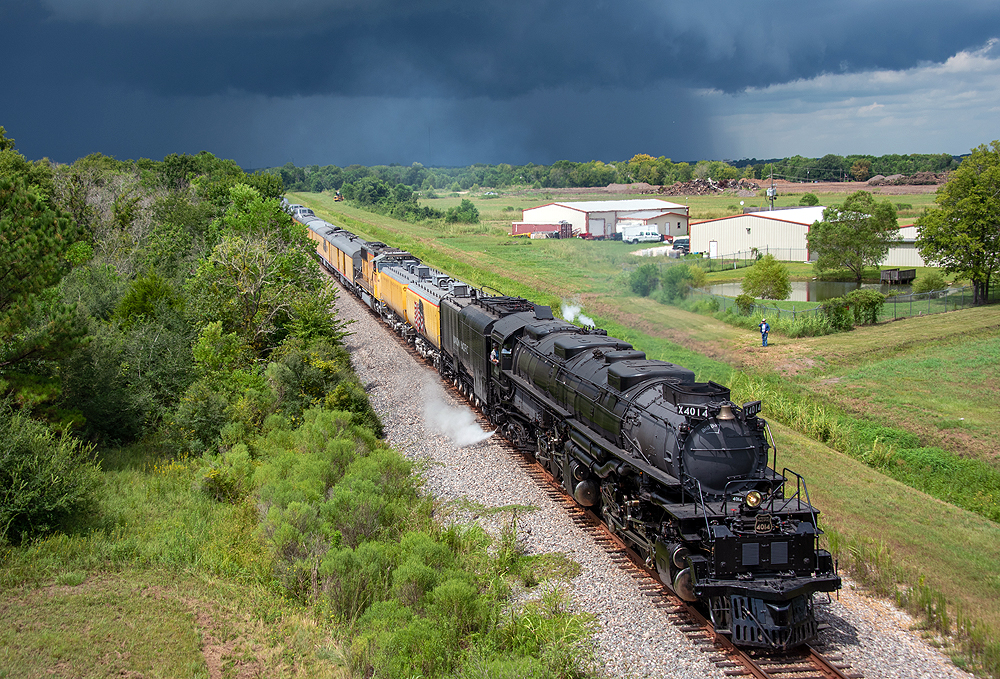
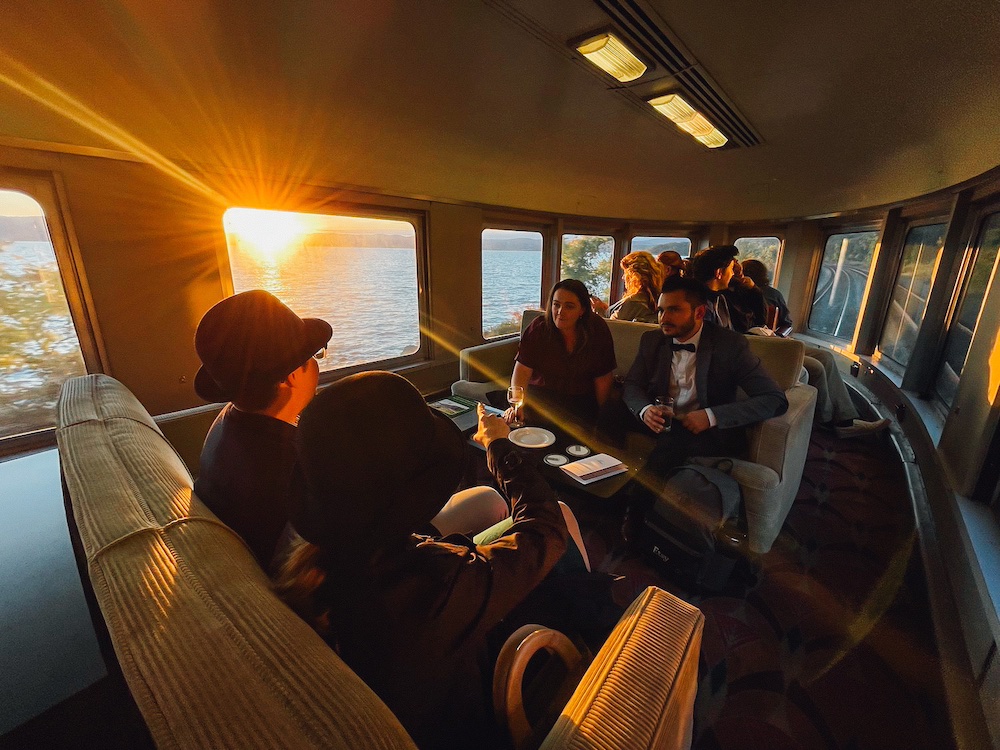




Looks like I need to schedule a trip before 2030…
Back in Nov.1990 we spent many a happy hour in the charming town of Wernigerode (Good food und bier) and rode the extant line up and down. We may have been the first Americans there, most of the other riders were hikers who were allowed to hop on and off for the many trails. The lokos were immaculately maintained.
“The Harz system, like every other European rail company, has seen operating costs, including energy — in HSB’s case coal and diesel fuel — rise significantly in the last two years.”
Perhaps Harz (HSB) could increase revenues for the longrun by gradually converting from meter gauge to standard gauge, with temporary and gradual, transistional dual gauge, so as to be able to interchange with other railroads. Not sure about that rack gear district, maybe the Swiss could be of assistance???
“While converting a small 50-hp steam locomotive, used on a small, mostly flat system, into a battery-powered locomotive might be feasible, it seems unlikely a similar conversion of the HSB 2-10-2T locomotives would be powerful enough to handle the system’s gradients without some additional powered cars being added to every train.”
I can just picture a steam locomotive with a trolley pole or pantograph. 🙂
I’m sure it’s been considered, but could compressed natural gas work to fire a steam engine?
Or perhaps propane gas (LPG), which has become very popular in Europe for smaller automobile use, (usually referred to there as autogas), more so than the U.S., where it is usually only used by larger vehicles like school busses, Schwan who poneered propane’s use, and others, not to mention homeowners. Propane has a higher BTU rating than natural gas. Much written about vehicle propane online such as Roush, Schwann, and many foreign sources.
Also, this environmental clean air situation could be a good test bed for safe(r) nuclear fuel for steam engines; liquid fluoride thoreum reactors, (LFTR).
It would still produce CO2 which is rank heresy these days.
Hello Robert Ray, “…rank heresy…” Agreed, a fair level of CO2 is always necessary for all forms of plant-life. What is concerning, though, are the particulate exhaust emissions, such as various motor vehicles’, aircraft, locomotive, industrial, etc. exhausts, forest fire haze, etc., that can block or refract sunlight, as well as thermal emissions from the same above described sources, that can raise global average temperatures. Those two distinctions need to be emphasized
As I suggested above, liquid fluoride thermal reactors (LFTR) could be a safe(r) and efficient source of energy for railroad electrification with centralized thermal emission control and regulation, and without any particulate exhaust emissions.